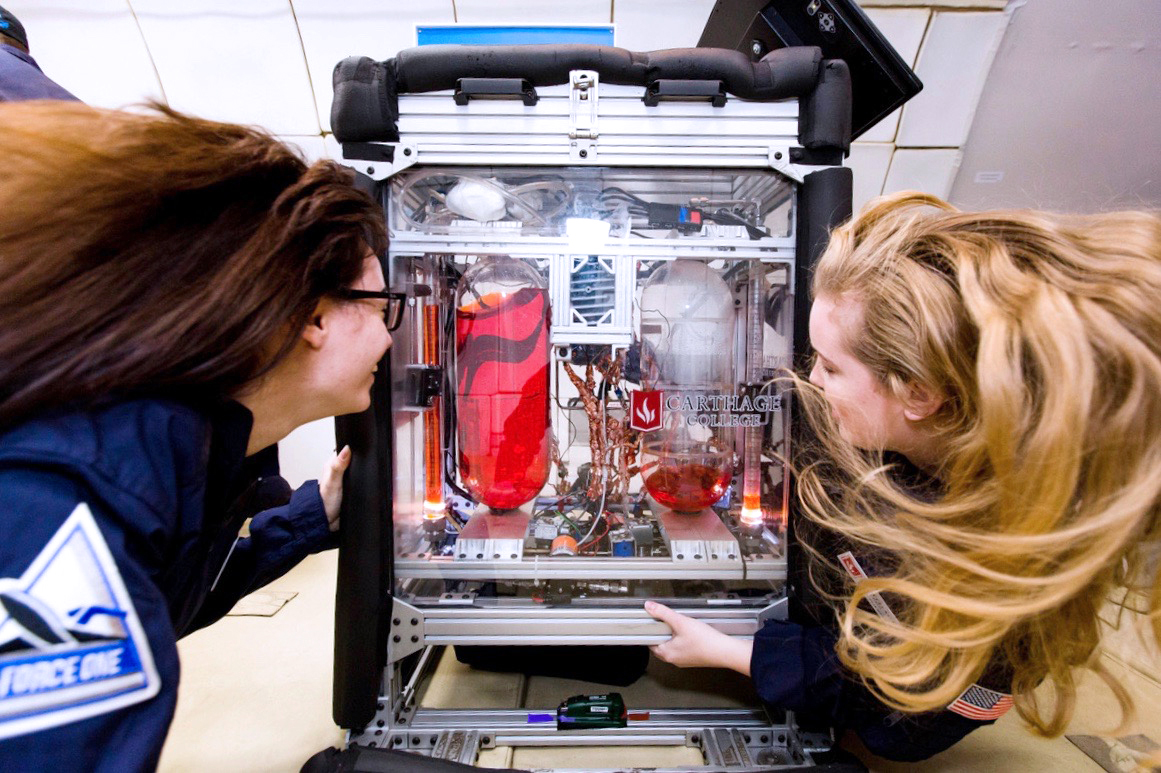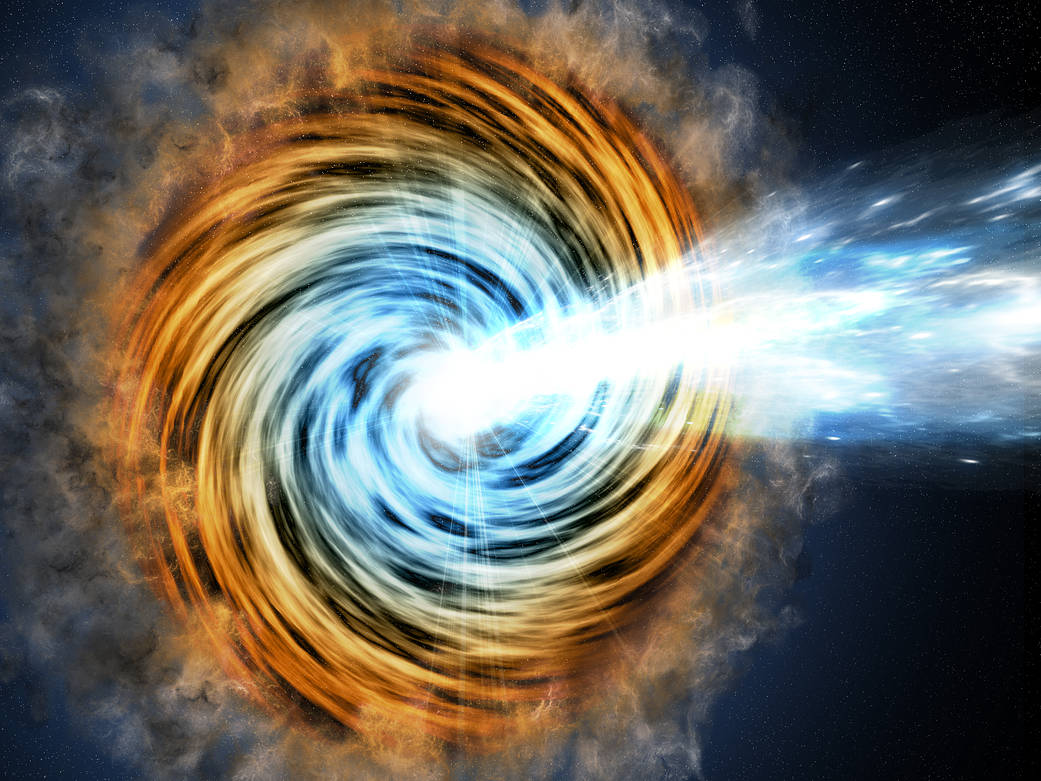Arthur Witulski
Vanderbilt University
LuSTR20 Overview Chart Witulski.pdf
The low losses of silicon carbide (SiC) power diodes and transistors, plus their high voltage and current ratings, make them ideal for power conversion and control in spacecraft and on lunar and martian bases. Heavy-ion radiation tests of SiC power diodes and MOSFETs (Metal–Oxide–Semiconductor Field-Effect Transistors) simulating the space radiation environment reveal two unexpected behaviors: 1) Off-state current has discrete increases with each ion strike, and 2) A catastrophic failure, single-event-burnout (SEB) where off-state current of the transistor or diode increases suddenly to destructive levels following an ion strike can occur at voltages significantly below maximum voltage rating. The SEB failures damage the device permanently and must be eliminated for SiC power devices to reliably work in NASA space applications.
Our team will deliver radiation-tolerant SiC power diodes and transistors that can operate near rated voltages without radiation-induced burnout or degradation in order to realize the advantages in size, weight, power loss, and volume that SiC devices have for space. Our approach will involve radiation testing at a national ion accelerator facility, device and circuit analysis using appropriate simulation tools, and device design and fabrication. We will initiate this work using state-of-the art SiC power transistors and diodes from GE that approximate the required specifications for the LuSTR program element. Then, following heavy ion test and analysis, next generation devices that will meet the LuSTR specifications will be designed, fabricated by GE, and tested against specifications in ion beams by Vanderbilt researchers.




























